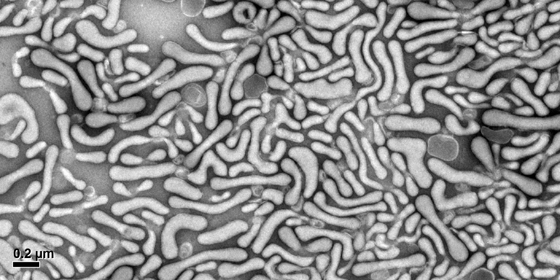Donated blood from COVID-19 survivors could be an effective treatment in helping others fight the illness – and should be tested more broadly to see if it can “change the course of this pandemic,” two Emory pathologists say.
The idea of using a component of survivors’ donated blood, or “convalescent plasma,” is that antibodies from patients who have recovered can be used in other people to help them defend against coronavirus.
Emory pathologists John Roback, MD, PhD and Jeannette Guarner, MD, wrote about the prospects of using the donated blood in a commentary published in JAMA. Their article accompanied a small study in China of five patients on ventilators whose condition improved after they were treated with convalescent plasma.
“Deploying passive antibody therapies against the rapidly increasing number of COIVD-19 cases provides an unprecedented opportunity to perform clinical studies of the efficacy of this treatment against a viral agent,” the two wrote. “If the results of rigorously conducted investigations, such as a large-scale randomized clinical trial, demonstrate efficacy, use of this therapy also could help change the course of this pandemic.”
The patients in Shenzhen were also treated with other antiviral and antiinflammatory agents, and the study was too small to come to definite conclusions. Still, the Emory authors say, the Shenzhen study provides an example of an approach that should be tested on a larger scale. Read more





